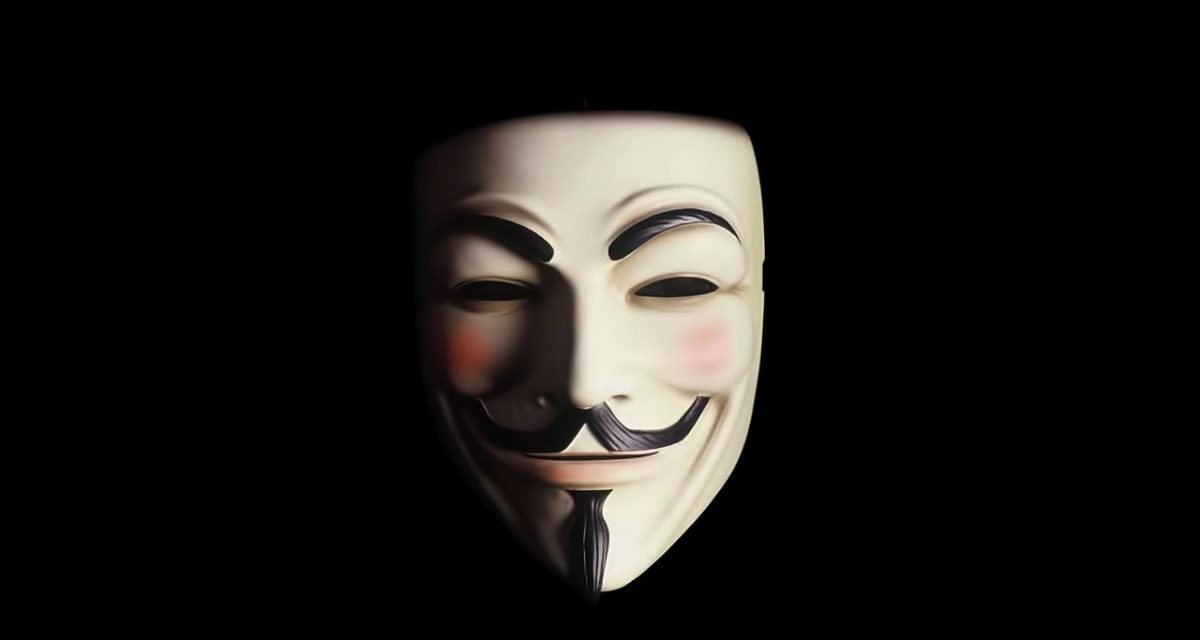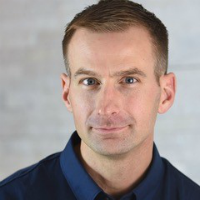Once you’ve seen a person hung, drawn, and quartered, you’ve seen it enough.
Mostly because you never want to think about it again. Yet the BBC/HBO miniseries Gunpowder, starring Kit Harrington (of Game of Thrones fame) as Robert Cateseby, draws us into a turn-of-the-seventeenth-century world from the victim’s view. And being on the wrong side of pacification is a lesson all military practitioners should learn.
Never heard of Catesby? Neither had I, but, while the world associates Guy Fawkes’s name (and likeness) with the unsuccessful plan (the “Gunpowder Plot”) to blow up Protestant King James I and the British House of Lords during Parliament’s opening ceremony on November 5, 1605 (to replace James I with his nine-year-old daughter Elizabeth as a Catholic-friendly head of state)—Catesby was the ringleader of his band of twelve insurgent followers.
And Catesby’s name should echo into modernity, literally in this case through Harrington, whose full, legal name is Kit Catesby Harrington. Yes, Harrington is a direct descendent, which likely influenced his performance and the development of the three, one-hour episodes that do such a fine job portraying Catesby’s radicalization.
The death of Queen Elizabeth I in 1603 meant at least two things: first, as Elizabeth I was childless, the ascension to the throne of her cousin’s son, James VI of Scotland (who took the new title “James I” on the English throne); second, stepped-up persecution of England’s Catholics (including Catesby and his followers). Protestant England had been at war with Catholic Spain for nearly two decades, and this meant English Catholics were looked upon with great suspicion as insider threats.
We see this persecution in the film through several torture scenes (so gruesome they sparked viewer backlash): on the rack, which “makes men talk,” as one character explains; a woman crushed to death by heavy stones; and multiple “traitors” hung, drawn, and quartered. This last method (which thankfully has passed into humanity’s rearview mirror) is indeed an occurrence that cannot be easily wiped from memory: a person is hung until near asphyxiation, dropped to the ground while still alive for emasculation and disembowelment, then beheaded, before, finally, an axe removes their limbs (“quartered”), the remains to be placed prominently in public places. While the show’s creators took some artistic license with specific individuals portrayed as having suffered these horrors, the depiction of this bloody persecution itself strictly conforms to historical accuracy.
But what’s most interesting is the larger and longer story this torture tells. While quartered bodies decompose relatively quickly, the counterinsurgent propaganda lives on, even after four hundred years—every schoolkid in the United Kingdom, and many from beyond, can recite the nursery rhyme that takes the English government’s position:
Remember, remember,
The Fifth of November,
Gunpowder treason and plot;
We see no reason
Why Gunpowder Treason
Should ever be forgot.
This collective message and memory (Never forget the terribleness of treason) was the result of persistent government effort in the form of the Observance of 5th November Act (1605), passed in the very next meeting of Parliament after the plot was foiled, and it stayed in force until 1859. Today, the occasion informally lives on as Bonfire Night, Fireworks Night, or Guy Fawkes Night.
Just as much as the torture, Gunpowder highlights the mutual blame that marks public insurrection. There’s one telling exchange between the English secretary of state (more like a modern-day director of the FBI, as he’s responsible for rooting out domestic threats), Lord Robert Cecil (played by Mark Gatiss), and Father Henry Garnet (played by Peter Mullan), a Catholic priest and affiliate of Catesby’s. After the plot was foiled, Cecil has Garnet locked up on suspicion that he was in league with the thirteen conspirators, in part because Garnet had taken Catesby’s confession of the plot, which, as a Catholic rite was legally protected as privileged speech. Cecil charges Garnet with inciting the Catesby and other Catholics.
Cecil: So much bloodshed so narrowly avoided. You may not have been a conspirator with Catesby, but you stoked the fire with your teaching. That was your part.
Garnet: What of your part?
Cecil: Mine?
Garnet: You cannot be surprised when those you persecute turn on you.
This is insightful—a window into the tit-for-tat cycle of violence that so often escalates in an insurgency. A blade is met with a musket. A maiming with a killing. And so on.
This interaction dynamic is shown in a brief sequence in which Catesby travels to Spain to seek Catholic support for his plot. But when he arrives, Spanish officials present him with the state-sponsored burnings of Protestants and Jews there. In strife, civil or religious, fire begets fire, and the flames tend to grow.
The spark himself, Catesby embodies what more modern audiences might call a “radicalized fighter.” Recently, scholar Scott Atran has studied what motivates such individuals as those that fight for ISIS. Along with his colleagues, he has found there are three characteristics that set them apart: “a deep commitment to sacred values, the readiness to forsake family for those values, and the perceived spiritual strength of the group or the community that the fighter represents.” True for ISIS, Gunpowder shows the same in Catesby and his confederates.
We see several instances that indicate his deep devotion to his Catholic faith, in which he prays, seeks refuge, and draws solace and support from his spirituality, all of which is twisted to fuel a hatred of the English state. While his wife has died and he is left as a sole parent, Catesby leaves his only son in the charge of others while undertaking his mission. Lastly, Catesby and his twelve followers are shown as possessing great solidarity. Many had known each other for years and some were even bound by family and marriage.
But this was a closeness that didn’t, of course, translate into success. There’s no real risk of spoiling anything here; watching Gunpowder is a little like watching Titanic—you know what’s going to go down.
But it’s still instructive to watch the flames burn out—to think through what happened, why it happened, and what might have happened. According to a 2005 reenactment, the amount of explosive placed under Parliament would’ve annihilated the targets twice over, but that was never to be. The evening before, at about midnight on November 4, while in position with the powder, Fawkes was caught and the plot was foiled.
When Catesby is notified of the failure, the script writers give us a sense of what motivates insurrectionists or terrorists, even when they know their resources and measures are insufficient to bring about the change they desire.
Catesby: I will not live the ruined scheming life of the exile. I will put my feet in this soil. I will fight.
Co-conspirator: You will lose.
Catesby: And I will sound a defeat so loud our enemies will quake to hear it. They will know the English Catholics suffer in silence no longer. What we have done, what we have dared, shall put the fear of God in them.
The same sentiment might be said to reverberate in other insurgents today.
This feeling, this sense of righteous anger cultivated by significant suffering, this is Gunpowder’s value to the modern military practitioner. It is ability to pull on a sabre and pick up a musket and stand in an insurgent’s boots for three hours, because if there are any, surely the first rule of war is to understand one’s opponent. Ultimately, this is what makes the show worth watching—clothes and customs may have changed, but grievance and gunpowder have not.
Image credit: Anonymus-ng


